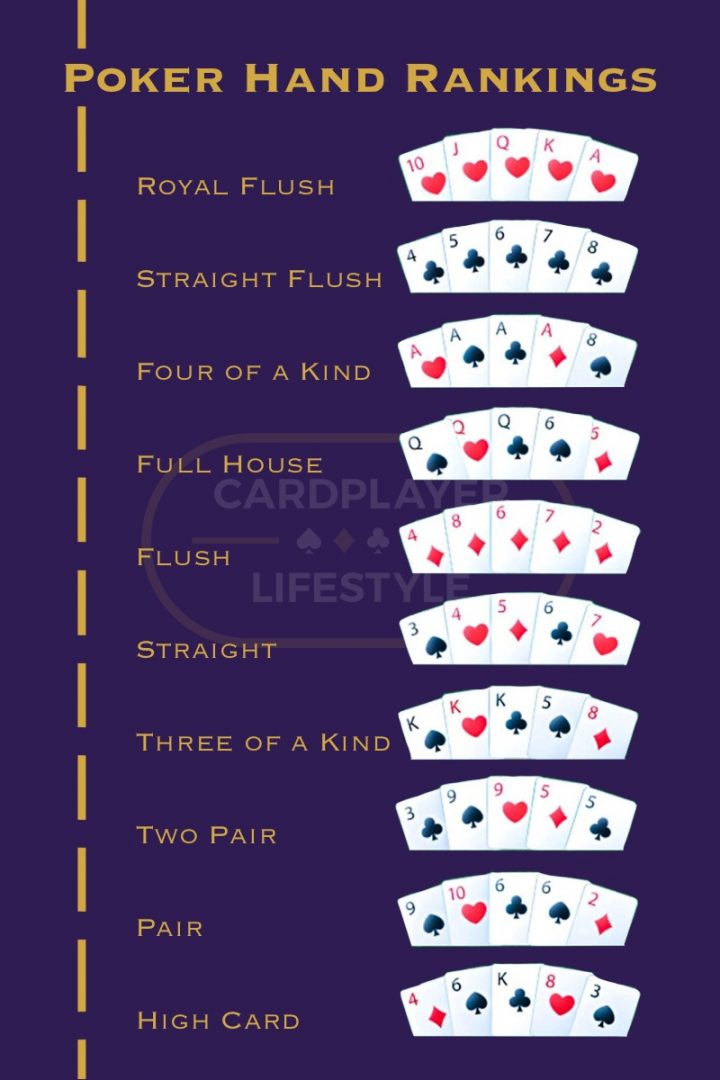Editor’s note: This is Lesson #11 in our weekly “Strategy with Stas” series. Each and every Sunday Stas Tishkevich, founder of the Poker Fighter Training App, brings you a new lesson in article + video format. We hope you enjoy this feature from the Poker Fighter School, and would be happy for you to share these posts — as well as your feedback — on social media.
Pre-flop
Action is folded to player in the small-blind, who open-raises the pot. Most players will open-raise a wide range from this position — at least 35% of possible starting hands — and our pocket kings are way ahead of this opening range, so we should almost always re-raise our hand in this spot. This re-raise is called a 3-bet, as it is a raise over the opponent’s open-raise (2-bet).
Just calling pocket kings from the big-blind vs. a small-blind’s open-raise will usually not maximize our hand’s potential.
So we re-raise from the big-blind and the small-blind re-raises again, meaning he makes a 4-bet, a raise over our 3-bet.
Assigning a 4-Bet Range
Different players will have different 4-bet ranges in this spot, so it’s important to understand the type of opponent you are facing in this particular situation.
The most passive players will have a nutted 4-bet range – hands like pocket kings and aces, maybe pocket queens and ace-king.
The standard player can add in this specific spot, small-blind vs. big-blind, hands like pocket tens and jacks, ace-queen, maybe even ace-jack.
Loose-aggressive players can either go wider for value (pocket nines or king-queen for example), or add semi-bluffs (low suited aces or suited connectors for example).
Reacting to a 4-Bet
We need to decide what to do with our pocket kings, and folding is obviously not an option.
There are two possible lines in this spot:
A GTO approach claims 100 big blinds deep, we shouldn’t have a re-raise (5-bet) range. This means that all the hands we will decide to play will just call vs. the opponent’s 4-bet, be it ace-queen or pocket aces. In this way our range will be balanced and the opponent will not know if we have a nutted hand or just a strong hand.
This approach should be used when playing vs. thinking players who are capable of folding good hands vs. a 5-bet.
An exploitative approach claims that you should always take the most +EV line with your hand vs. the specific opponent you are playing against.
Versus weak non-folding opponents, you should re-raise (5-bet) with the hands you think are ahead of his 4-bet range (pocket aces and kings for example), call the hands that are more or less equal to his 4-bet range (pocket queens and ace-king for example), and fold the hands that are behind your opponent’s 4-bet range (ace-queen or ace-jack for example).
Versus loose aggressive players who 4-bet too much and are capable of folding, we can 5-bet with our bluff-hands (ace-ten or king-queen for example), and just call our nutted hands (pocket aces and kings for example) inducing bluffs post-flop.
Our Decision
Normally when playing for low stakes, most of the opponents we will be facing tend to play too loose pre-flop (calling too much), but when they raise or re-raise, they usually have a strong hand. They also tend to call too much, especially when they think they have a good hand.
Versus these players, loose-passive and non-folding, we should probably use an exploitative approach and re-raise our nutted hands to extract maximum value pre-flop before action-killers come on the flop.
We can use various 5-bet sizings depending on what we want to accomplish, but the standard 5-bet sizing when playing 100 big blinds deep will usually be shoving all-in and praying that our opponent will not snap-call with pocket aces…
Summary
The main point we need to understand here pre-flop is that there isn’t only one possible move, but rather many different lines we can use based on the player type we face, and his perceived range.







Comments